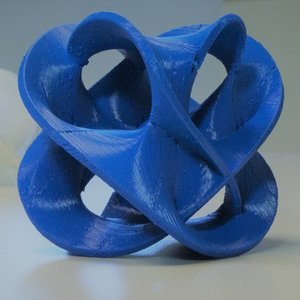Differential Geometry
Broadly speaking, differential geometry is the branch of mathematics that studies geometry using concepts from differential calculus. These include differentiation and integration, differential equations, linear algebra, complex analysis, etc.
The star objects of differential geometry are manifolds, which are the generalization of curves (one-dimensional manifolds) and surfaces (two-dimensional manifolds) to any dimension. Manifolds are locally modelled on Euclidean spaces and are suitable for importing differential techniques. Typically, the manifolds studied in differential geometry---as opposed to topology---enjoy an additional "geometric" structure: for instance, a group of symmetries which defines or preserves some invariants, a Riemannian metric which allows the measurement of distances and angles, or a symplectic structure which defines some notion of volume.

Differential geometry has been extraordinarily successful since the 19th century. It remains one of the most active fields of mathematics and finds valuable applications to other sciences, from the theory of relativity in physics to machine learning in computer science. The Research Station Geometry & Dynamics at Heidelberg University is a world-class hub for research in differential geometry.

